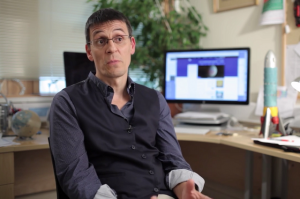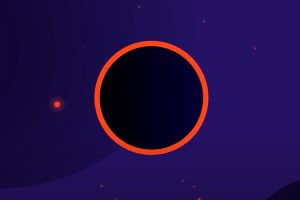Exoplanets
Astrophysicist Didier Queloz on the how to find exoplanets, their impact on astronomy, and the uniqueness of o...
Where exactly are Voyager One and Two now? What is the Heliopause? How can we trace an object within our solar system? Director of research at LATMOS, Jean-Loup Bertaux explains how cosmic rays help to determine the borders of solar system.
So, we could find that this wind of hydrogen and helium was coming from a particular direction. By chance, it is the approximate direction in which the Voyager 1 probe is going out of the solar system. The fact that this flow is coming through the solar system has an impact on the shape of the bubble of gas which is spit out by the sun. We can call this bubble the heliosphere.
It so happens that the heliopause was computed to be at about 150 astronomical units. In the tail it would be 1000 astronomical units or even more. The two Voyagers are going upwind. Voyager One is going north, and the other is going south. As for Voyager Two, we know that we are still inside the heliopause, because there is one instrument which measures the solar wind, and we see very well that we have this plasma of protons and electrons. We measure the velocity, temperature, and we know it’s solar wind. So there is no problem with Voyager 2.
With Voyager 1 there is a problem, because the solar wind instrument does not work anymore. So, we have to use indirect measurements to understand if we are outside or inside the heliosphere. We are now at 126 astronomical units, so it is below the predicted value of the heliopause at 150 astronomical units, so we could be inside. But, we know from other measurements that we most likely are outside already.

Astrophysicist Didier Queloz on the how to find exoplanets, their impact on astronomy, and the uniqueness of o...

Astrophysicist Samir D. Mathur on information emitted by black holes, Hawking's paradox, and fuzzballs

Theoretical physicist Xavier Bekaert on Galilean relativity, the separation of time and space, and Einstein’s ...